The Small Stage Direction That Makes The X-Files A Classic
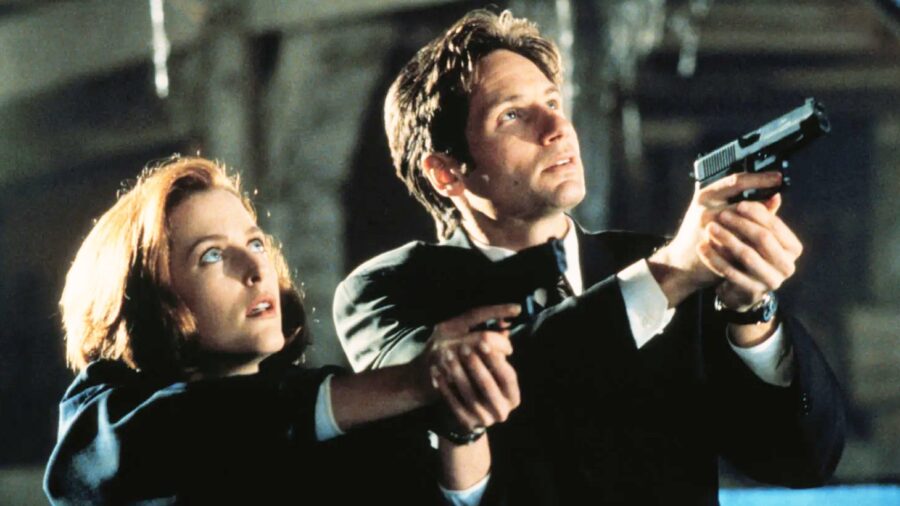
The X-Files debuted over 30 years ago, and since then, it’s understandable that there have been massive leaps forward in television production. Yet, the classic sci-fi series still looks amazing today.
That’s all thanks to one choice made by creator Chris Carter: to eschew the bright lighting of sci-fi shows of the time and to utilize natural darkness as much as possible. That small staging decision lends the show a dark, foreboding look but put a lot of pressure on stars Gillian Anderson and David Duchovny.
The Artistic Use Of Lighting
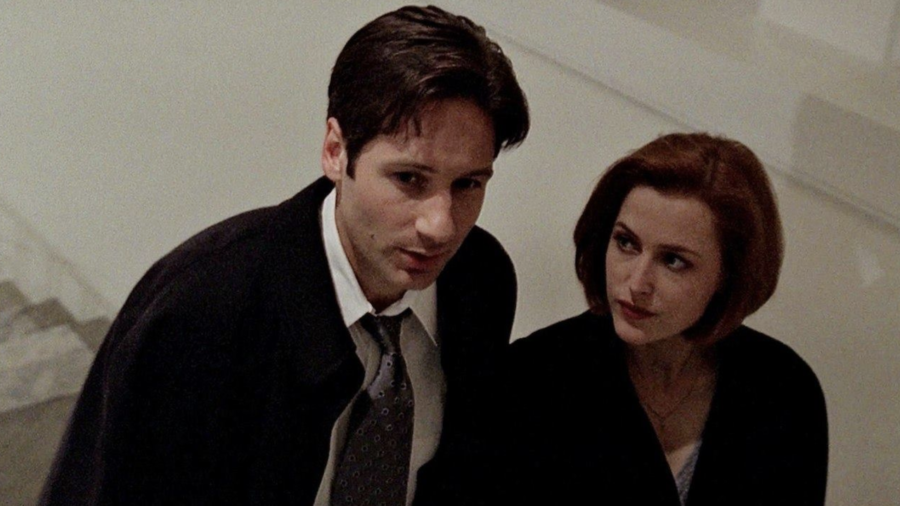
Listen to commentary tracks on The X-Files DVD sets, and you’ll hear stories from everyone involved. Carter, Anderson, and Duchovny will talk about the minimal lighting used for filming, and at other times, the production assistants or camera operators will all talk about their unique experiences.
Sometimes, only one light, aimed so that it was rebounding off a sheet of tin foil, was used to light a scene. In others, no stage lights were utilized at all, and instead, the production relied on flashlights.
Relied Heavily On Flashlights
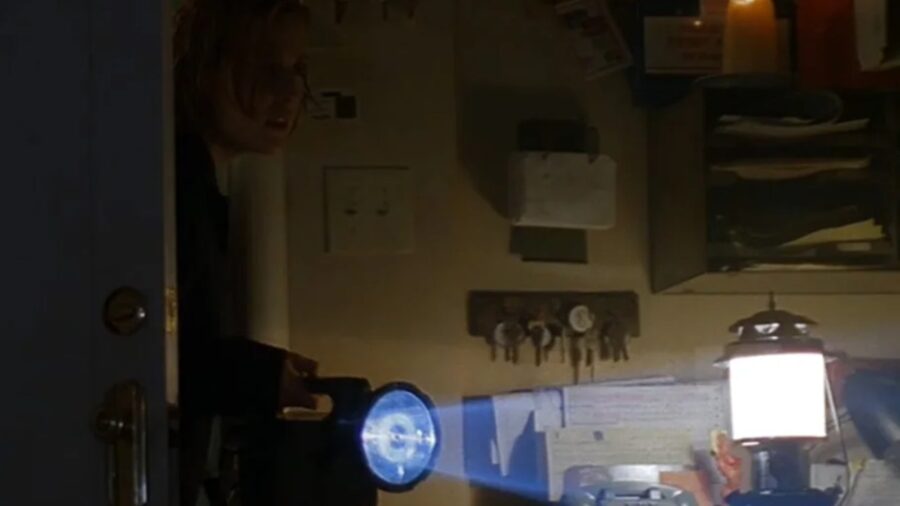
The X-Files agents Mulder and Scully were almost never seen exploring without their trusty flashlights, which ranged in design from handheld lanterns to underwater lanterns, Maglites, and even the obscenely expensive $3,000 Maxabeam. Anderson and Duchovny would have to manage all the lighting for the scene while acting, which is why not only are the scenes incredibly dark, but the lighting is far more natural looking than most shows, even today.
Ambient Lighting
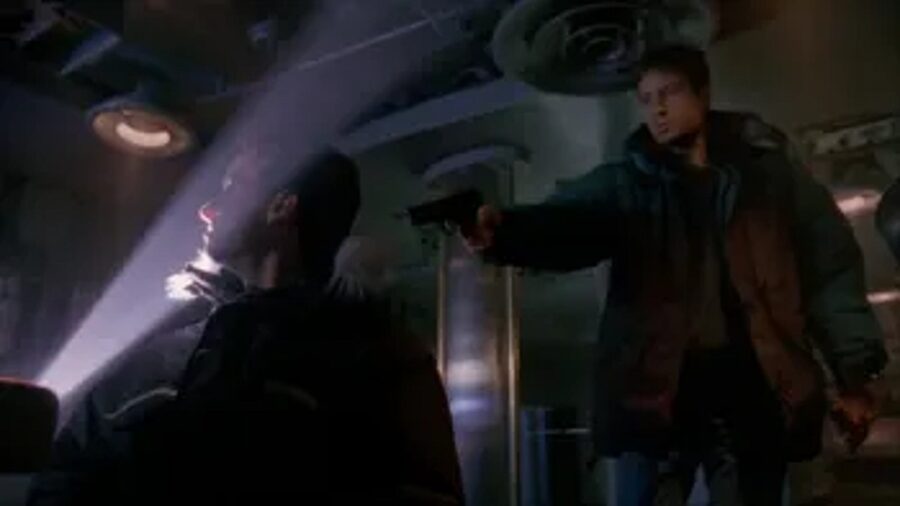
Back in 1995, The X-Files Director of Photography John Bartley gave an interview to a fansite, EatTheCorn, where he explained his artistic process as “treating darkness like a character.” The second season episode, “End Game,” primarily takes place on a submarine, and Bartley explains that they only used one light, moving it around behind the set so that it would create natural shadows. That’s also one of the episodes that relied heavily on Anderson and Duchovny’s multitasking ability.
The stars really had to shine lights in each other’s faces in order to see each other, and they had to move the lights around while walking around on set to make sure they didn’t trip over a prop. Over the years, the pair have laughed about the experience of filming The X-Files, often referring to it as “insane,” but despite all the work and struggle to put it together, the result avoided a common television pitfall.
Technology Let The Crew Experiment
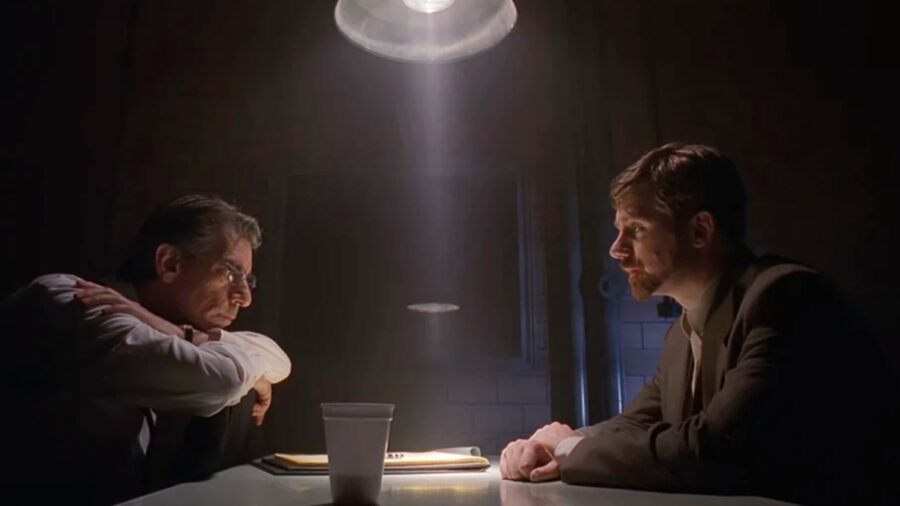
John Bartley’s work in making The X-Files as dark as possible but still visible on then-modern televisions avoided the issue of blowout lighting. Back in the day, films had to be exceptionally bright as the technology of the time couldn’t handle the level of contrast we’re accustomed to today. Color grading worked differently because it had to, which means that, for example, the color black on the set wasn’t really black; it was more of a dark grey.
Compare the lighting of The X-Files to Star Trek: The Next Generation, a sci-fi contemporary that looks so bright in the early seasons, you can tell, in the HDTV era, how fake the set is. Deep Space Nine, on the other hand, which came out after The X-Files was a hit, uses darker, more somber lighting and looks, on average, better than its predecessor.
A Neverending Debate Among Fans
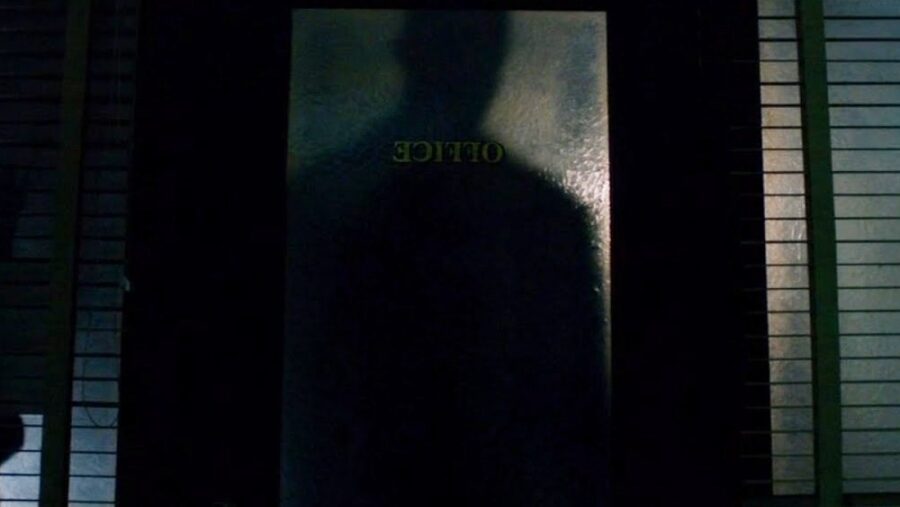
Today, some fans will argue that The X-Files is too dark and hard to watch, while others insist that it’s a stylistic choice that was ahead of its time and set a new standard. Between the well-written characters and exceptional case-of-the-week structure giving way to a sprawling sci-fi conspiracy, it’s easy to overlook all of the small details that made the series as ground-breaking as it was.
Pay attention to the flashlights, how Gillian Anderson and David Duchovny move them around, and use of darkness the next time you watch The X-Files, and you’ll understand how, even today, trusting the actors to light a scene makes it stand out as a one of a one-of-a-kind viewing experience.












